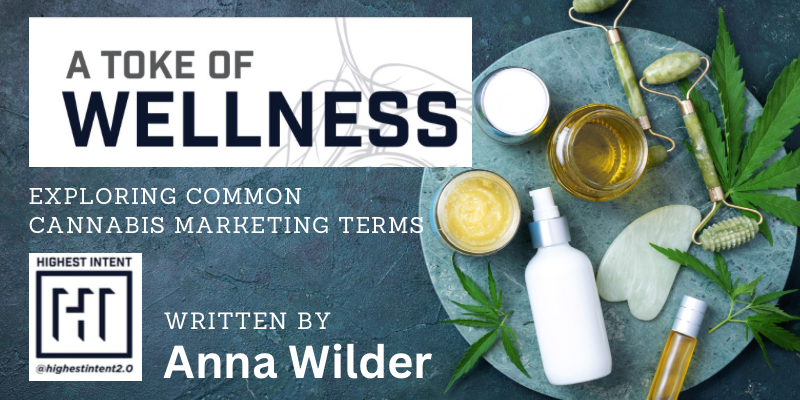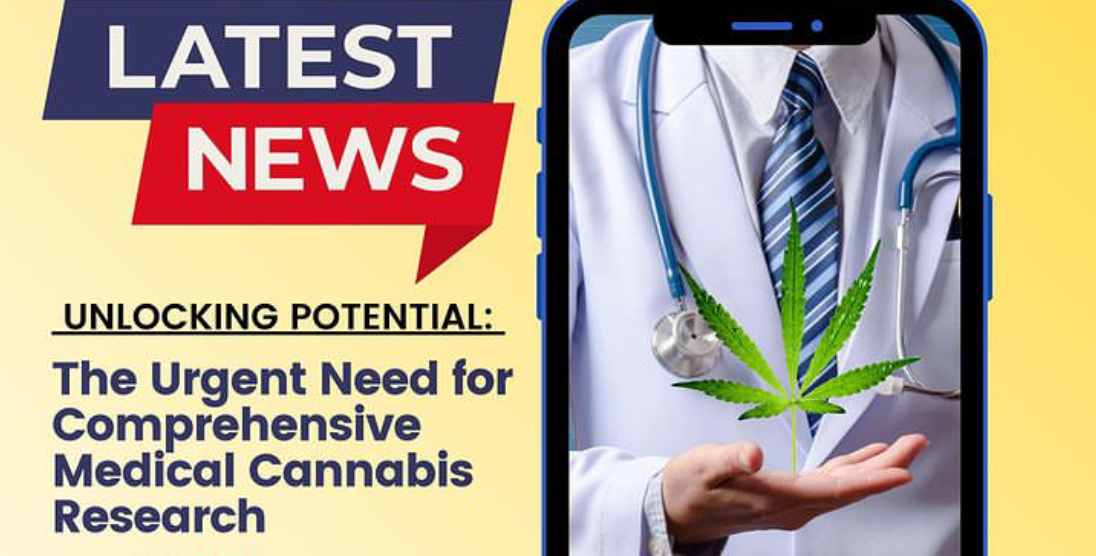Delta 9 thc, commonly known as just THC, is the primary psychoactive compound in cannabis. It is responsible for most, but not all, of the plant’s medicinal effects. When inhaled, ∆9 THC is absorbed directly into the bloodstream and swiftly distributed to cannabinoid receptors throughout the body. This rapid absorption means onset time is quick, but the effects aren’t as lasting as edibles. When ingested in oil form, ∆9 THC is metabolized by the liver and converted into a new compound, 11-hydroxy-THC.
11-Hydroxy-THC is more potent and longer lasting than ∆9 THC. However, in this case “more potent” and “longer lasting” don’t automatically mean “better” or “more reliable”. With 11-hydroxy-THC the onset and duration of its effects can be more unpredictable than ∆9 THC. This is because the time it takes for the liver to metabolize ∆9 THC can vary depending on the person’s metabolism, the dose consumed, and whether they ate shortly before or after.
Full-Spectrum Extract refers to extracts that contain all of the natural compounds found in cannabis plants, such as cannabinoids, terpenes, and flavonoids. Rather than a single compound on its own, this combination of compounds work together and rely on each other to produce a greater therapeutic effect.
BROAD-Spectrum Extract The CBD market, defines broad-spectrum cannabis extracts as a type of extract that contains a variety of terpenes, flavonoids, and cannabinoids (minus THC). However in the THC market, broad-spectrum refers to an extract that maintains a variety of cannabinoids, but no terpenes or flavonoids. While terpenes are medicinal compounds, they are volatile oils that often get destroyed in digestion and are better absorbed via inhalation.
ISOLATE Extract To obtain a single cannabinoid from the cannabis plant (like CBD or THC), an isolate extraction is utilized. In this process, all other components of the plant, such as terpenes, flavonoids, and other cannabinoids, are removed. Typically, harsh techniques, like solvents, are used to strip the targeted cannabinoid from the rest of the plant material. The end product is a highly concentrated, powdered form of the single cannabinoid. Most of the cannabis products on the market that are formulated with specific ratios of cannabinoids (1:1, 12:1, 1:1:1, etc.) typically rely on cannabis isolates to achieve these exact ratios.
CANNABIS OILS , whether they are full or broad spectrum, are highly concentrated extracts made through various extraction methods. However, when cannabis oil is consumed in an edible form, most of the therapeutic cannabis material is destroyed during digestion as oil and water do not mix, and the human body is mostly made up of water. As a result, only a small amount of the ∆9 THC in the oil can be absorbed by the body. Once absorbed, it is metabolized into 11-hydroxy-thc which is responsible for the “edible high” from oil-based edibles.
NANO EMULSIFIED / WATER SOLUBLE Cannabis oils can be made more bioavailable by emulsification. This process breaks down cannabinoids into small particles, increasing their surface area for better absorption. Nano cannabinoids can be up to 10x more bioavailable than traditional oil-based cannabinoids, thus improving their therapeutic effectiveness. Nanoemulsions keep THC from being converted to 11-hydroxy-THC, bypassing liver metabolism and entering the bloodstream directly. As a result, the effects are more predictable and consistent, reducing unexpected side effects.
NATURAL FLAVORS + COLORS Cannabis edibles can be flavored and colored with many natural ingredients. Most of them are made from essential oils, extracts, or distillates of natural ingredients: fruits, vegetables, herbs, spices, minerals, and animal products (unless they’re vegan!). Natural ingredients are often preferred over artificial because they do not contain synthetic chemicals or artificial
additives.
ARTIFICIAL FLAVORS + COLORS Synthetic and artificial ingredients can pose processing challenges for the body both in the short and long term. These components have the potential to disrupt the body’s metabolic and hormonal functions. Often, artificial ingredients are derived from natural sources and chemically modified to enhance flavor or color. In contrast, certain ingredients such as Yellow 5, Yellow 6, and Red 40 are entirely synthetic.
SUGARS + SWEETENERS Edibles can be sweetened with natural or artificial options. Fruit puree contains naturally occurring simple sugars, fructose and sucrose, making it a natural choice. Allulose, found in some fruits, is a rare sugar, but not necessarily environmentally sustainable when produced at scale. High fructose corn syrup is a cheaper, commonly used sweetener, but associated with health risks such as obesity, type 2 diabetes and heart disease. Sugar-Free can be beneficial for some patients’ particular needs, however artificial sweeteners are often substituted in place of natural sugar to achieve a sweet sugar-free edible.
MELATONIN Sleep and wake cycles are regulated by melatonin, an essential hormone produced by the body. Supplemental melatonin can disrupt the body’s natural production and can sometimes cause unwanted side effects such as daytime drowsiness, headaches, and nausea. Reishi mushroom, which encourages the body’s own melatonin production, is a more natural sleep aid.
GELATIN is derived from collagen found in the skin, bones, and connective tissues of animals, usually cows or pigs. It’s commonly used in the production of cannabis gummies to give them their shape and texture. Because gelatin is derived from animal collagen, it is high in certain amino acids that can be difficult for the gut to break down. Occasionally consuming gelatin is not harmful, but regular consumption can cause health issues such as irritating the lining of the gut, bloating, gas, and constipation.





